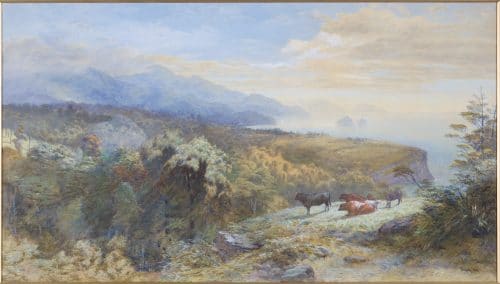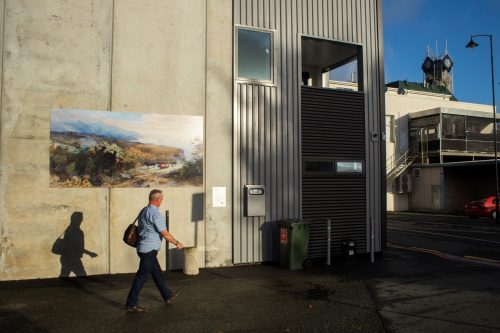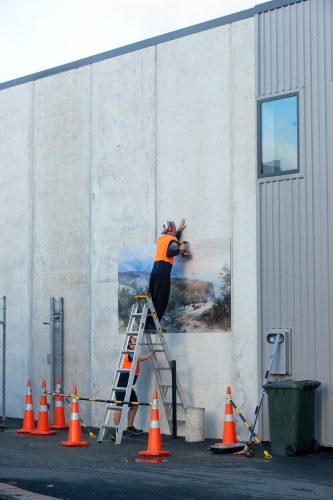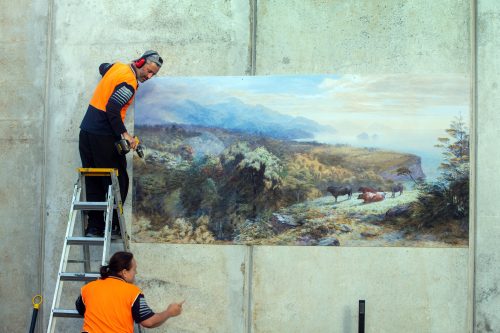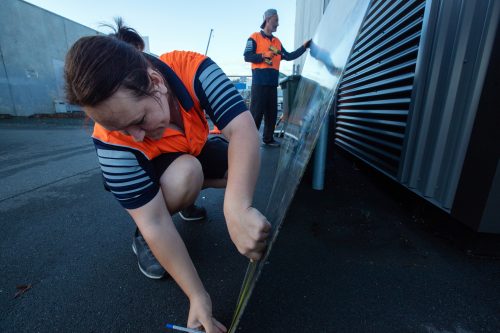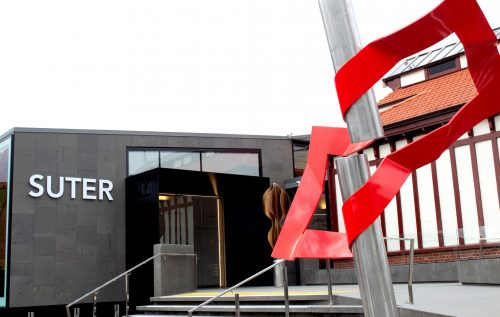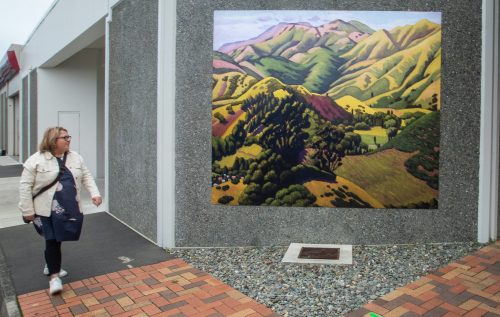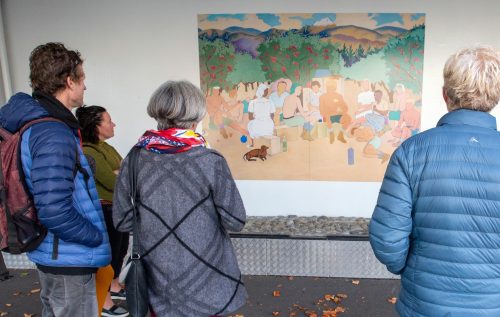Golden Bay / Mohua
At the north-west tip of the South Island, Golden Bay, or God’s Own Country as it is sometimes referred to, is desired for its lush countryside, quaint settlements, numerous walking tracks and sandy beaches. With its only road access being the winding route over the Tākaka Hill, Golden Bay maintains a precious seclusion.
There’s a light read from a travel perspective here.
Golden Bay is place of the first encounter between Māori and Europeans, where Dutch explore Abel Janszoon Tasman sailed into Wainui Inlet in 1642, resulting in a brief and violent encounter. Tasman set sail without making landfall. Read about the encounter on The Prow.
Golden Bay has a long history with Māori settlements dating back to at least 1450. Europeans arrived 400 years later, with the discovery of gold giving the bay its name. There were high hopes with Collingwood (at the height of the gold mining) being touted as a possible New Zealand capital. The subsequent findings of coal and limonite lead to the development of an iron works in Onekaka, with a hydroelectric scheme to power the ironworks, and a wharf and tramway for moving supplies and product. The Ironworks closed during the great Depression.
The Able Tasman National Park was established in 1942, thanks to the determined efforts of Pérrine Moncrieff (whose portrait, painted by Marjorie Naylor) features in ArtWalk.
Motuareronui / Adele Island
Motuareronui Adele Island is a predator-free wildlife sanctuary in Abel Tasman National Park. Known for its flourishing community of wildlife and the chorus of birdsong that rings through the treetops, it’s likely you;’ll hear it before you see it. The island is home to one of New Zealand’s rarest birds – the South Island saddleback (tīeke), with only 650 left in the world.
Golden Bay in 1885
At the time of the Gully’s painting in 1885, gold had been discovered at Aorere – prompting the name, Golden Bay (not a reference to the golden sand as many assume). Prior to this, Mohua had been called Murderers Bay (Abel Tasman), Massacre Bay (Jules Dumont d’Urville) as well as an attempt to rename it Coal Bay. There were sawmills in Tākaka, farming settlers, and the Collingwood township (originally called Gibbstown) where the gold discovery caused a population surge of up to 2,500 gold miners. There was even the suggestion that Collingwood should be New Zealand’s capital.
The road over Takaka Hill was yet to be completed in 1888, so the main access was by sea. All in all, it was a region of great prospect, and so it was no surprise that it became the “marketing image” for attracting more immigrants to New Zealand.
John Gully
John Gully (1819-1888) is regarded as one of New Zealand’s foremost landscape painters. Born in Bath, England, Gully received some informal training as a watercolourist in his youth, but took employment as a Bank clerk. In 1852, hearing glowing reports of the settlement of New Plymouth, he and his wife sailed to New Zealand, initially sinking his resources into running the Omata Store, but thereafter having to find clerical work. He also began seeking commissions to paint landscapes.
Within a few years the Gully family had moved to Nelson, moving into a house on Trafalgar Street, with a substantial artist’s studio. In 1864, geologist Julius von Haast commissioned Gully to paint a series of 12 watercolours of Canterbury mountains and glaciers to illustrate a lecture he delivered at the Royal Geographical Society in London.
In 1861, Gully secured the position of pert-time drawing master at Nelson College (the college was just five years established at this point and still a private school) but he wasn’t popular with the headmaster due to his lack of formal training. Soon after, he took the position of full-time draftsman at the Nelson provincial survey office.
He and his great friend, Richmond, also an extremely good artist…did a lot of travelling around New Zealand by horseback with Māori guides and pack horses. I remember mother telling us they would disappear into the wilds sometimes for six weeks and how anxious the family sometimes got.
Cara Gully (granddaughter).
In the 1860s the growing number of affluent settlers were keen for paintings of New Zealand vistas, and Gully was astute in meeting the demand. He exhibited throughout New Zealand and in Melbourne, London and Vienna and was regarded as a major colonial watercolour artist.
In 1865, he gained a silver medal at the Otago Exhibition, with all his works selling before it even opened. In his late 50s he devoted himself to painting full-time with his large watercolours becoming extremely popular at Art Society shows.
Gully died in 1888 and is buried in Whakapuaka Cemetery.
Read more about John Gull in The Prow.
